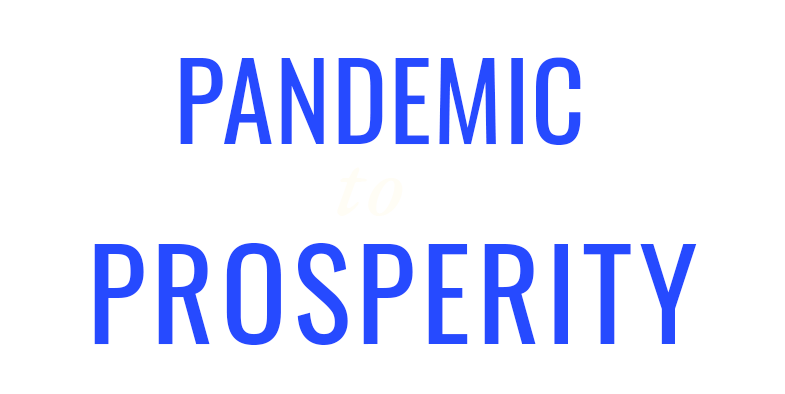Likelihood of eviction or foreclosure by state
About 1 in 3 adults in the U.S. who are late on rent or mortgage payments expect to lose their home in the next two months.
Likelihood of eviction or foreclosure, Dec 1-13, 2021
Percentage of adults living in households not current on rent or mortgage where eviction or foreclosure in the next two months is “very likely” or “somewhat likely,”
Across the U.S., about one in three adults who are late on their rent or mortgage payments fear they are likely to be evicted or foreclosed upon in the next two months. In VT, CO, and ND, nearly two in three adults late on home payments are concerned they’ll lose their housing in the coming months.
More rapid dissemination of federal Emergency Rental Assistance funds can benefit renters and landlords alike and might be executed if states provide aid directly to tenants or require landlords to apply for aid before filing for eviction (Emergency Rental Assistance distribution).1,2 At the end of the day, landlords’ interests would more likely be served by applying for aid rather than evicting people from their homes — the latter of which is less likely to result in payment of back rent.
Cities and counties can mitigate a wave of homelessness and instability by enacting one or more ordinances that hold landlords accountable for unjust evictions, and that stop eviction processes when past due rent is paid with reasonable late fees.3
1. “Virginia leads nation in distribution of federal rent relief”. Oliver. Virginia Mercury. September, 2021. https://www.virginiamercury.com/2021/09/07/virginia-leads-nation-in-distribution-of-federal-rent-relief/
2. “Direct-To-Tenant Payment Implementation: Increasing Flexibility and Equity in Emergency Rental Assistance Programs”. Foley. National Low Income Housing Coalition. July, 2021. https://nlihc.org/sites/default/files/Direct-To-Tenant.pdf
3. “RENTAL & EVICTION POLICIES”. SouthStrong. https://theseap.org/wp-content/uploads/ARP-Toolkit_Rental-Eviction-Policies.pdf

